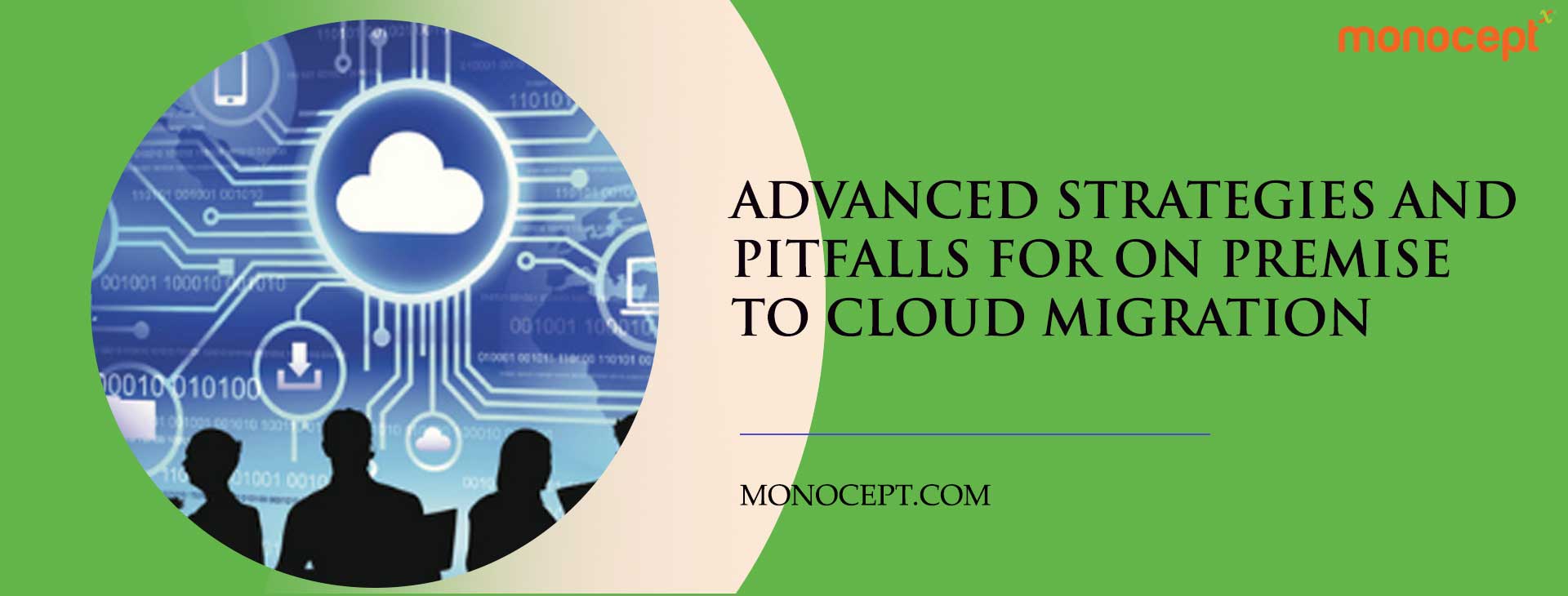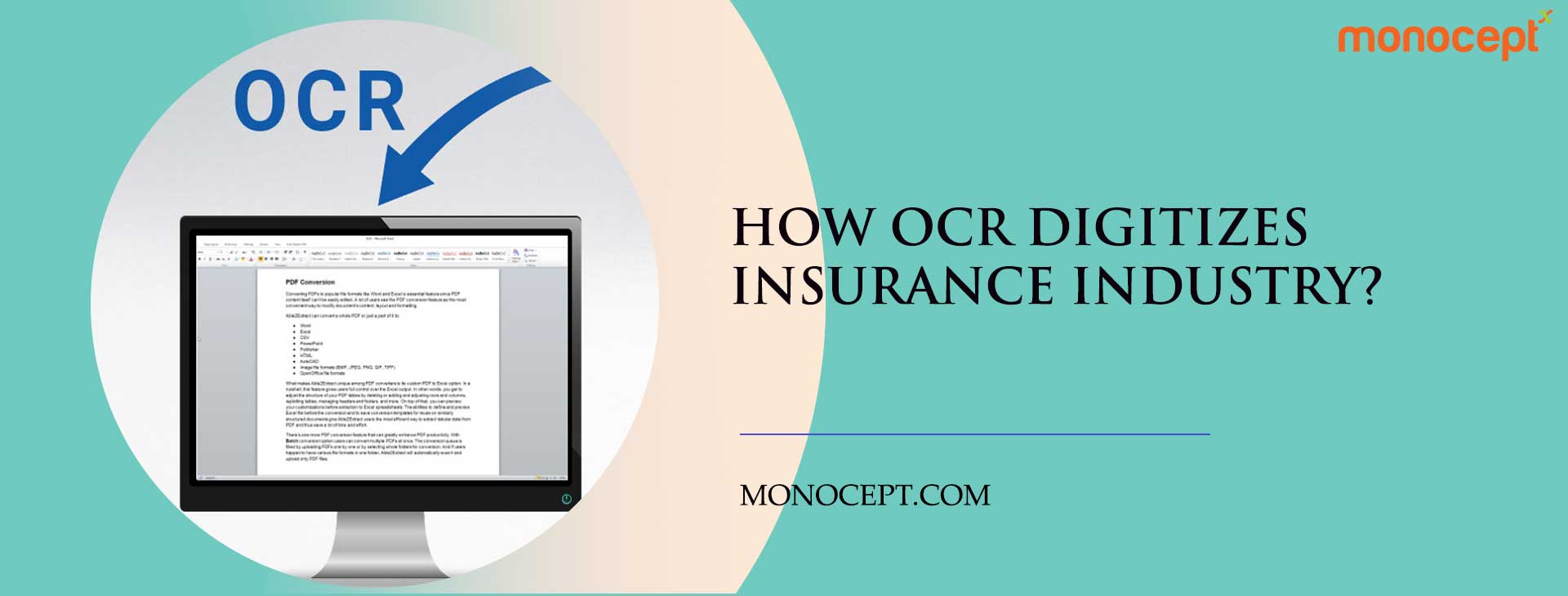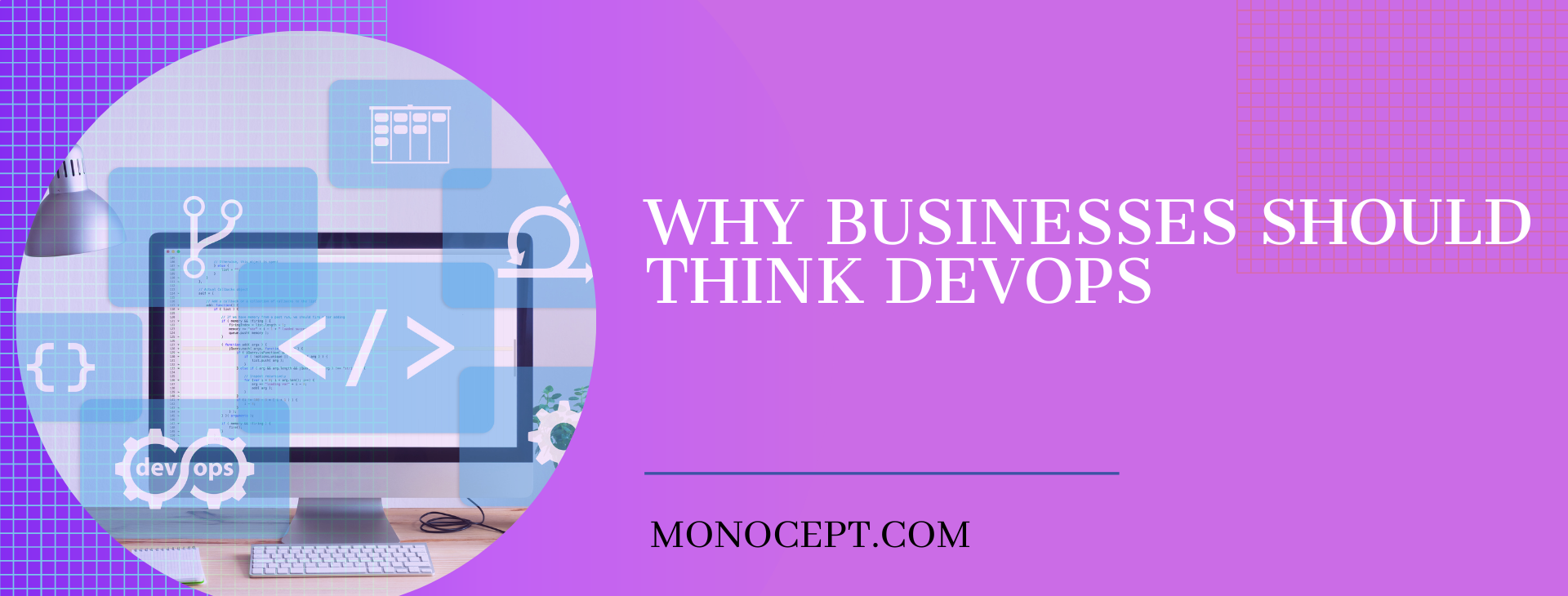Why do cloud migrations fail?
Cloud migration is a process of adopting new technologies to improve performance and achieve the desired outcomes. However, this can be difficult for some businesses that are not aware of what they should look out for in their cloud migration project. In this blog post, we will provide you with insights on how to migrate your workloads securely without any data loss or downtime.
An organization should migrate to the cloud only when it can substantially benefit the business. The first step to migrating to the cloud is when an organization can outline its objectives and arrive at a solution that migrating to a cloud can be beneficial.
Once the objective of moving to a cloud is firmly established, organizations must also identify a host of other information vital for cloud migration to sustain and succeed.
Here we take a look at how cloud migration can fail and how we can prevent failure.
The primary point is when there is no need for a business to move to the cloud. Just because other organizations are doing it, if your business doesn’t demand, there is no need to move it to a cloud. Migrations that do not have a well-defined, well-researched, and coherent strategy will take the failure route.
While most cloud operators’ services remain the same, the network services, additional tools, security, data storage, billing, etc. differ from provider to provider. Choosing the wrong service from a cloud service provider could mean your business is in danger.
Here are some of the cloud services offered:
IaaS (Infrastructure as a Service) – If one uses the computing infrastructure from a provider.
PaaS (Platform as a Service) – Having access to a full development and deployment environment, including a range of tools, services, and customization.
SaaS (Software as a Service) – Usage of an entire cloud-based application.
Sometimes, organizations need multiple cloud options for their business, thereby combining various cloud computing services within a single heterogeneous architecture.
Another point where one can go wrong in cloud migration is data and the budget. It is always good to ensure that the applications dependent on that data face minimal disruption during the migration of data, and the budget does not touch astronomical figures.
Security is one of the biggest reasons why a migration fails. Cloud security is always a shared responsibility between the cloud service provider and the organization. Not having a pre-defined and a set security framework will not hold good for a successful migration.
The failure to have a cloud operating model is another reason why migration can fail. A cloud operating model is how the cloud will transform your current workflows, internal processes, and general business operations.
Inadequate testing can also act as a deterrent and fail the entire migration process. The attention and expertise in moving the infrastructure are akin to the care and skill as building a new data center. It is also good to pay attention to the design and testing of data migration. Not having a disaster recovery plan in place before starting the migration process is a sure way to fail.
What’s your Challenge? Let’s work together to solve it.





















































































